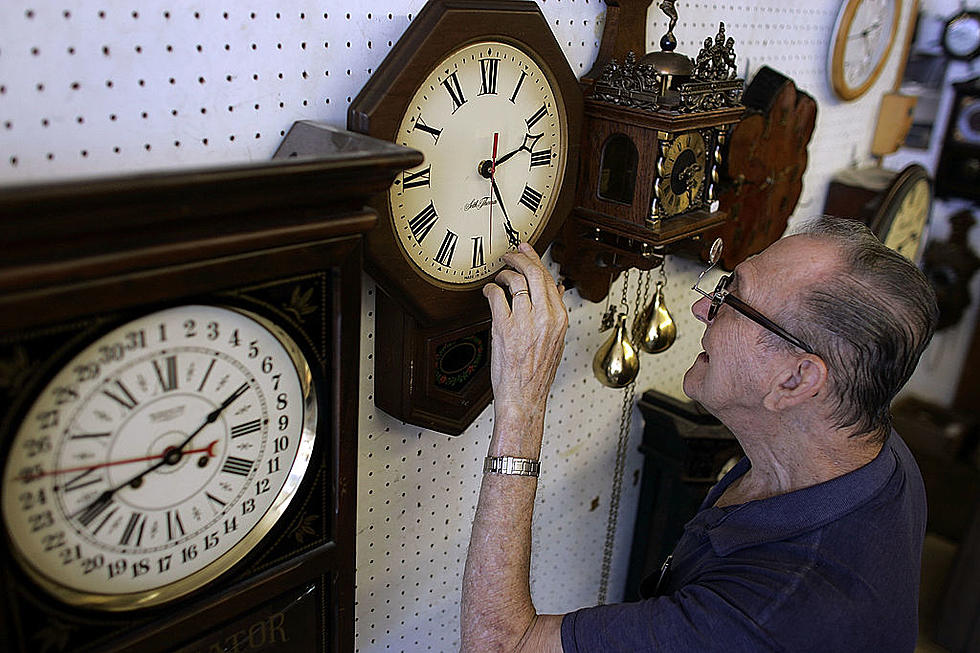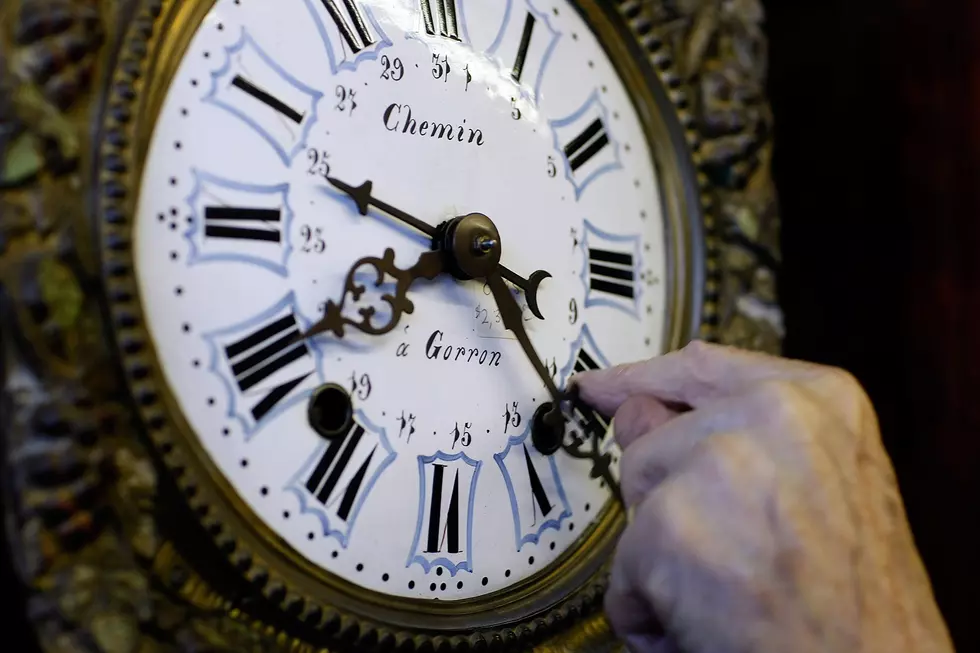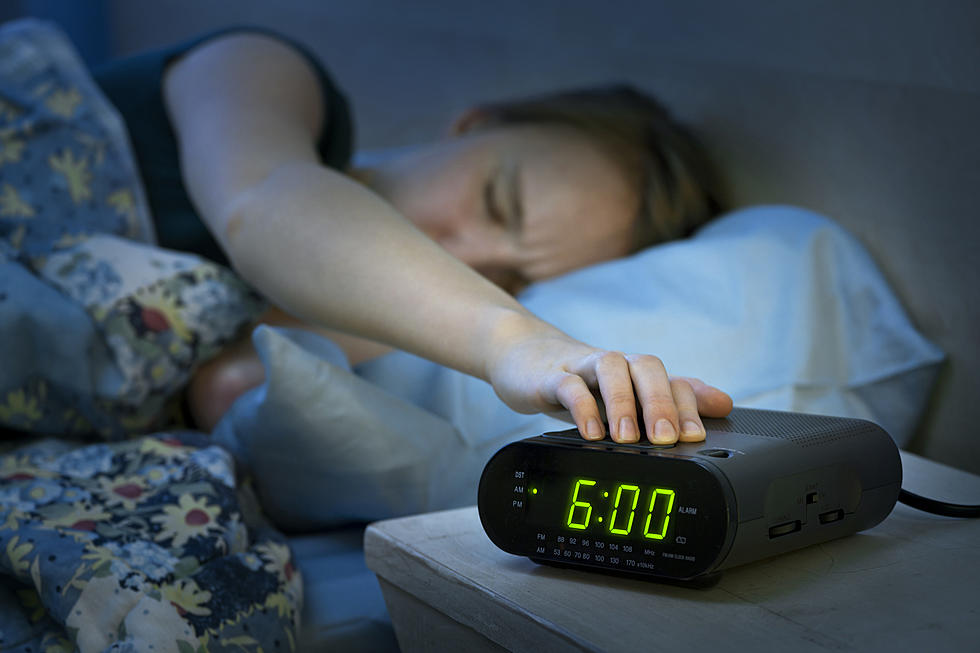
Why New York Should Give Up Daylight Saving Time
Daylight saving time ends soon. We'll 'fall back' for more daylight, but at what cost?
DST started during WWI as a German fuel-saving technique. Why is NY still following it? Hawaii and Arizona don't observe it, and maybe we shouldn't either. It has no purpose in this age, says We Don't Need Daylight Saving Time. The group asks you to sign their petition to stop DLT. They also offer these statistics:
- Heart Attacks: DST causes heart attacks, which are increased by 10% in the first week after the springtime transition.
- Suicides: Disrupted sleep causes depression, and suicide rates rise in the weeks following the DST time shift.
- Sleep Disruption: Transitions out of and into DST increased night-time restlessness and decreased the quality of sleep.
- Electricity Usage: Adopting DST increased overall residential electricity usage from 0.6% to 4% in various parts of the World.
- Fuel Consumption: DST increases motor fuel consumption significantly. It increases CO2 production and its level in the atmosphere.
- Annual Cost: DST is responsible for the increase in energy prices. It costs $434 Million on bills paid by US citizens.
- 68% of Countries of the World don’t use Daylight Saving Time.
- 20% of the population use DST. That’s just 1 in 5 humans.
- 14 Countries stopped using DST since the 21st century.
Time and Date report these stats on DST:
- Tiredness induced by the clock change is thought to be the leading cause for the increase in traffic accidents on the Monday following the start of DST.
- On Mondays, after the start of DST, there were more workplace injuries, and the injuries were of greater severity compared with other Mondays.
- The start of DST has also been linked to miscarriages for in vitro fertilization patients.
- A Danish study found an 11% increase in depression cases after the time seasonal change.
CNN Reports on a 2016 study that found the overall rate for stroke was 8% higher in the two days after daylight saving time. People with Cancer were 25% more likely to have a stroke during that time, and people older than 65 were 20% more likely to have a stroke.
More From 96.1 The Eagle








